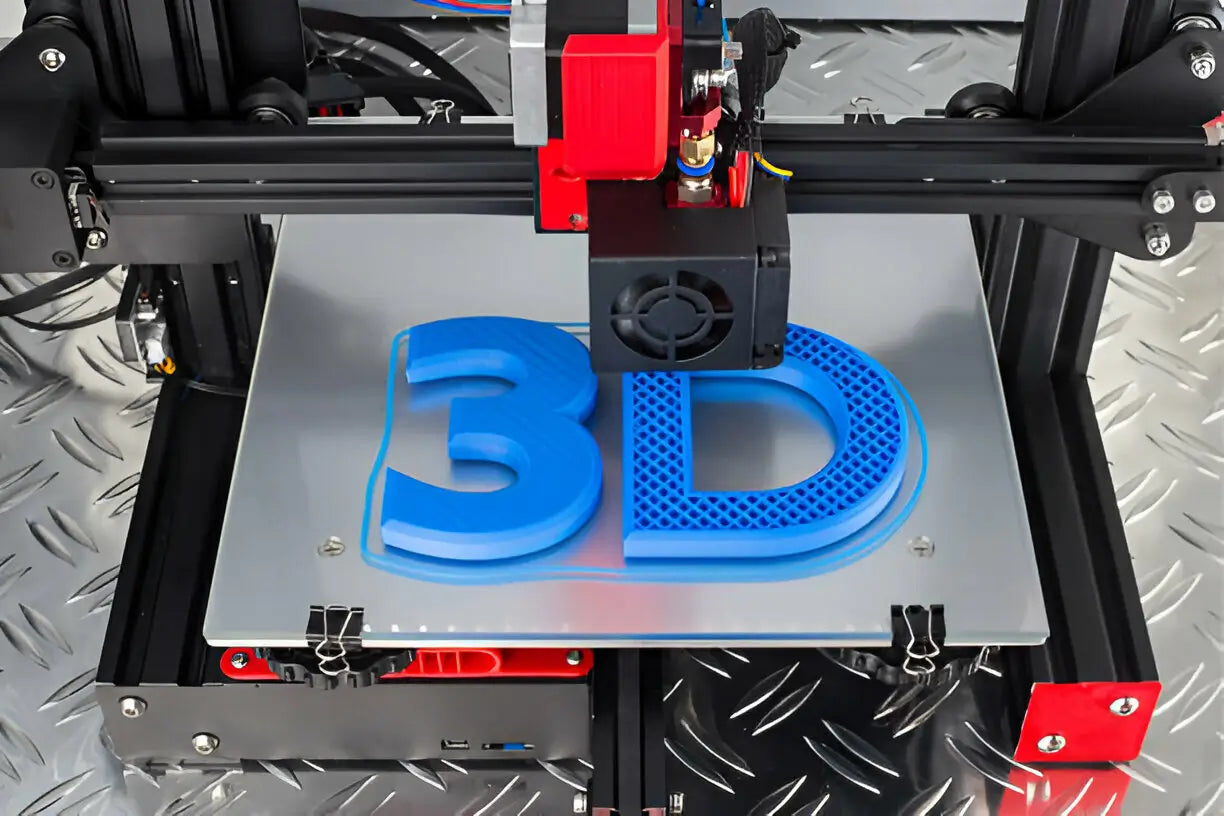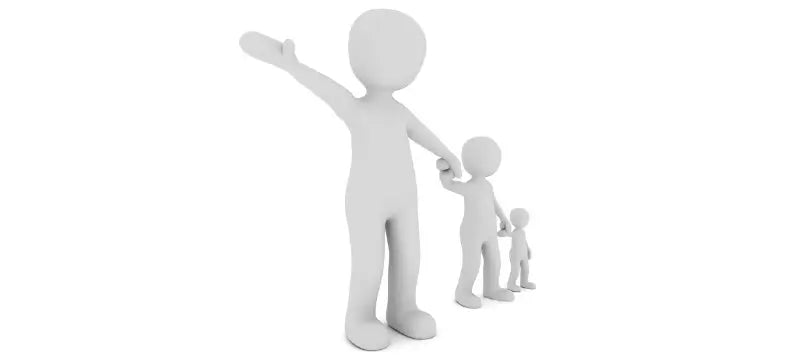How Much Does 3D Printing Cost? Guide of 2025


Is 3D Printing Expensive?
Factors That Influence The 3D Printing Cost
Cost Of Buying And Running A 3D Printer
3D Printer Cost


3D Printer Running Cost
3D Printing Material Cost

Thermoplastics: Filaments And Powder
Thermosets: Resin
Metal Materials
3D Model Cost
Post-Processing
Polishing

Finishing
Manpower Costs And Profitability Of 3D Printing
3D Printing Cost Calculators
Strategies To Reduce 3D Printing Costs

Optimized Design For Cost Efficiency
Downsizing
Hollowing Of 3D Models
Minimize 3D Printing Support Material

Reorientation
Control Support Overhang Angle
Batch Printing For Efficiency
Conclusion
Frequently Asked Questions
